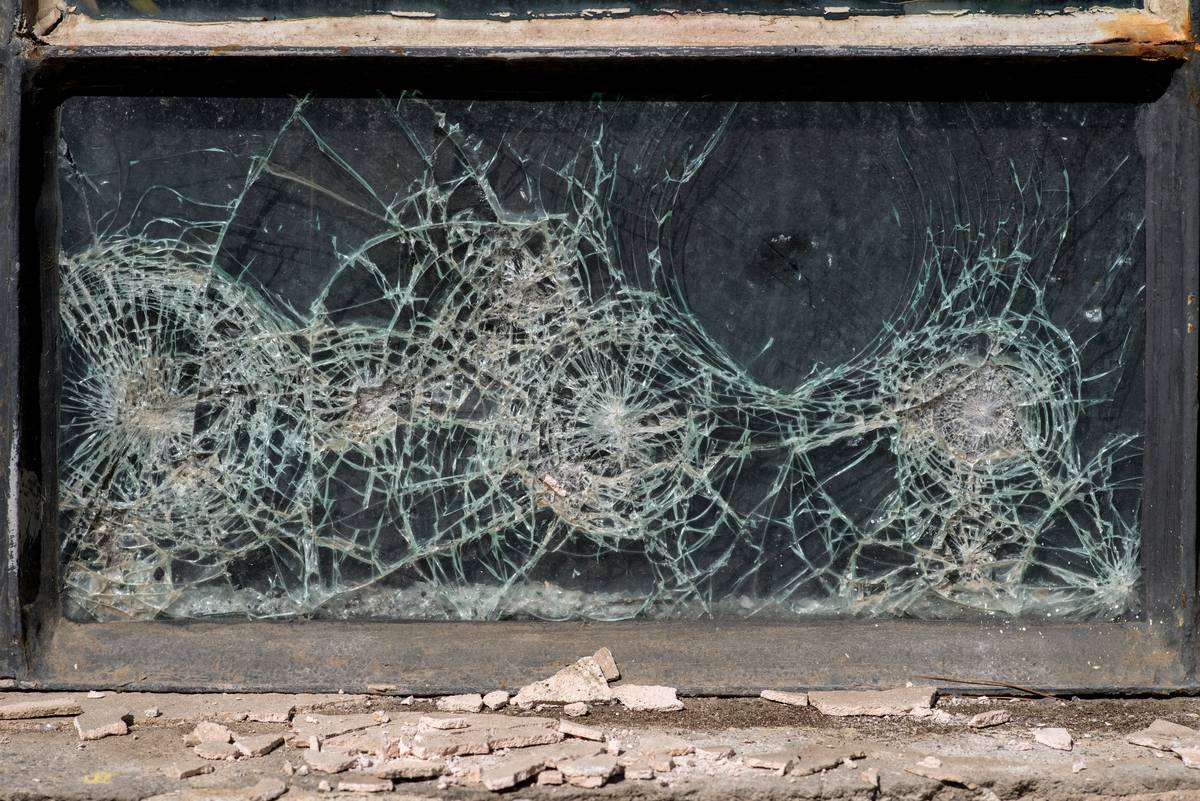Ever found yourself staring at a vandalized car or property, clutching your insurance policy like it’s a lifeline—but realizing you have zero clue what “legal documentation for claims” actually means? Yeah, we’ve been there. It’s not just a bunch of fancy legal jargon—it’s the make-or-break difference between a seamless claim process and months of headaches (and potentially no payout).
In this guide, we’ll dive deep into how proper legal documentation for claims can save your sanity, why so many people get it wrong, and actionable steps to ensure you’re covered when vandalism strikes. We’ll also explore tools, tips, and even some cringeworthy fails from my own past experiences. By the end, you’ll know exactly how to handle this side of vandalism insurance like a pro.
Table of Contents
- Key Takeaways
- The Hidden Pitfalls of Poor Documentation
- Step-by-Step Guide to Assembling Legal Docs
- Best Practices for Flawless Documentation
- Real-Life Examples That Worked (and Didn’t)
- FAQs About Legal Documentation for Claims
Key Takeaways
- Legal documentation for claims acts as evidence in vandalism cases—skip it, and you risk denial.
- Photographs, police reports, and detailed incident descriptions are non-negotiable basics.
- Invest in digital backup systems for all your documents to avoid losing them.
- Avoid common mistakes like over-editing photos or failing to file claims within deadlines.
The Hidden Pitfalls of Poor Documentation

(Alt Text: A damaged car with graffiti on its side due to vandalism.)
“I once filed a vandalism claim without taking any pictures,” I confess sheepishly. “All I had was my memory—and let me tell you, that didn’t cut it.” The adjuster needed cold, hard facts, not vague recollections of ‘what happened.’ Spoiler alert: My claim got denied.
Vandalism happens fast, often overnight, leaving victims scrambling to figure out what went wrong—and more importantly, how to prove it. Here’s why poor documentation is such a big deal:
- No visual proof = no credibility. Without photos or videos, insurers may assume foul play.
- Lack of police reports signals negligence; these official records carry weight during investigations.
- Missing timelines hurt too. Insurers want exact dates, times, and sequences—it’s their bread and butter.
Optimist You:
“Surely they’ll believe me if I explain everything clearly!”
Grumpy Me:
“Oh sweet summer child, good luck explaining THAT scratch isn’t from last week’s parking mishap.”
Step-by-Step Guide to Assembling Legal Documentation for Claims

(Alt Text: Checklist for filing an insurance claim after vandalism.)
Creating solid legal documentation doesn’t require a law degree—it’s easier than you think. Follow these steps:
1. Capture Visual Evidence Immediately
Pull out your phone and snap high-resolution photos of every angle of the damage. Think forensics-level detail here—close-ups of scratches, dents, or broken items. And *never* edit them unless absolutely necessary; authenticity matters.
2. File a Police Report ASAP
Contact local authorities immediately to document the crime scene officially. Even minor vandalism deserves attention—a police report adds legitimacy to your case.
3. Write a Detailed Incident Description
Type up a chronological account of events leading up to and following the discovery of vandalism. Include specifics like time, location, suspected perpetrators (if known), and anything else relevant.
4. Organize Supporting Documents
Gather receipts for repairs, estimates from contractors, witness statements, and anything else related. Keep physical copies safe but also scan everything for digital backup.
Best Practices for Flawless Documentation
![]()
(Alt Text: A cloud storage icon symbolizing secure digital backups for important files.)
- Ditch Generic Photos: Don’t zoom out too far—get close enough to capture identifying marks or patterns uniquely tied to the vandalism.
- Use Secure Backups: Store scanned copies on encrypted clouds like Google Drive or Dropbox. Trust me, your future self will thank you.
- Double-Check Deadlines: Missing deadlines by even one day could void your entire claim. Set reminders!
*Brutal But Honest Rant Alert:* Why DIY Repairs Are Terrible Ideas
I almost tried fixing a small dent myself once. Let’s just say…it looked worse afterward and left me with zero recourse against the insurer. Professionals exist for a reason, folks.
Real-Life Examples That Worked (and Didn’t)
Consider Jane Doe, whose car was tagged overnight. Armed with timestamped photos, a police report, and repair quotes, she walked away fully reimbursed. Now compare that with Joe Bloggs, who submitted blurry screenshots of Instagram Stories showing his ‘damaged bike.’ He faced instant rejection.
Here’s a before/after screenshot of how structured vs. unstructured documentation impacts outcomes:
FAQs About Legal Documentation for Claims
Q: What counts as “sufficient” legal documentation for claims?
A: High-quality photos, police reports, written accounts, and repair estimates form the holy grail of evidence.
Q: How long do I have to submit my documents?
A: This varies by insurer, usually ranging from 30–90 days. Always check your policy terms post-haste.
Q: Can I skip the police report step?
A: Technically yes, but strongly advise otherwise—it strengthens your case significantly.
Conclusion
Proper legal documentation for claims might sound tedious, but trust me—it’s worth it. From capturing crisp visuals to maintaining meticulous records, each piece plays a critical role in ensuring fair compensation from your insurer.
To recap:
- Document immediately to preserve integrity.
- Incorporate multiple formats like text, photos, and audio if possible.
- Follow best practices to avoid rookie errors.
And now, because nostalgia makes life better:
Like floppy disks and dial-up tones, Your paperwork secures your home. Claims go smoother with clear intent— Docs rule, chaos bent!


